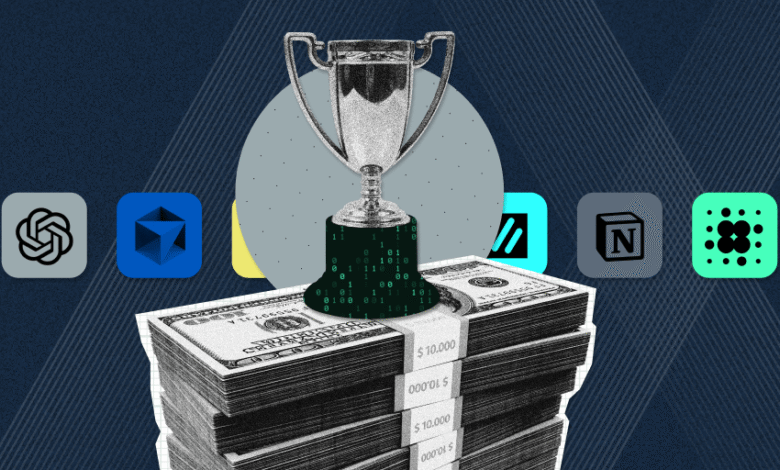Which AI Tools Startups Actually Pay For, According to a16z

▼ Summary
– Andreessen Horowitz released its first AI Spending Report showing startups’ spending patterns across 50 AI-native application companies.
– The data reveals a proliferation of AI tools with no single product dominating any category, as companies adopt various options for different tasks.
– Startups currently favor “human augmentors” or copilots that boost productivity rather than fully autonomous agentic workflows.
– Major AI labs like OpenAI and Anthropic topped the spending list, while vibe-coding tools and consumer applications are gaining enterprise adoption.
– The report found increasing blending of consumer and enterprise tools, with companies adopting personal applications for business use and expanding their target markets.
Understanding which artificial intelligence tools startups are actively investing in provides a clear window into the market’s direction and priorities. A recent analysis from Andreessen Horowitz, in collaboration with Mercury, reveals that startups are spreading their budgets across a wide array of AI applications rather than concentrating on just a few dominant players. This data, drawn from the spending patterns of AI-native companies, indicates a highly fragmented and rapidly evolving ecosystem where new tools can quickly gain or lose traction.
According to a16z partners Olivia Moore and Seema Amble, the current landscape is defined by a proliferation of specialized tools. Companies are not yet standardizing around one or two solutions for each task category. A significant portion of spending is directed toward “human augmentors” or “copilots,” which are designed to boost employee productivity. This suggests that most startups are not yet prepared to transition fully to autonomous, agentic workflows. Amble anticipates this will change as technology improves, leading to a shift from copilots to more comprehensive end-to-end agent tools.
Unsurprisingly, the list of top-paid tools is led by the major AI labs. OpenAI occupies the number one position, with Anthropic following closely in second place. Tools for “vibe-coding,” a more intuitive style of programming, are also well-represented. Replit holds the third spot, while Cursor and Lovable appear at sixth and eighteenth, respectively. An interesting divergence appears when comparing consumer traffic to enterprise spending. Lovable, for instance, attracts high user traffic but sees less startup expenditure, partly due to a current lack of enterprise-grade features compared to Replit.
The prevalence of horizontal applications, which make up over 60% of the list, points to tools with broad utility. The remaining 40% are vertical applications, with the most popular concentrated in sales, recruiting, and customer service. Moore expressed surprise at the adoption of consumer-oriented tools like CapCut and Midjourney in professional settings. She noted that these companies are being pulled into the enterprise market faster than ever because individuals find their tools so compelling that they introduce them into their team workflows.
The note-taking category exemplifies the market’s lack of consolidation. Options like Otter.ai, Retell AI, and Habbyscribe all appear, with no single provider dominating. This aligns with Amble’s observation that startups are still in an experimental phase, choosing “their own flavor” of tools that best suit their teams rather than having a one-size-fits-all solution mandated from the top down.
One of the report’s most significant findings is the increasing blur between consumer and enterprise software. The traditional separation between personal and professional tool stacks is dissolving. People are bringing the applications they use at home into their workplaces, and founders are leveraging their favorite personal apps to build their companies. Canva serves as a prime example of a consumer app that has successfully cultivated a large enterprise audience. This convergence means the total addressable market for many products is no longer one or the other, but both simultaneously.
This trend encourages product companies to “professionalize” faster by building out enterprise-focused teams for sales and support, allowing them to capture business revenue sooner. Both Moore and Amble expect the list of top tools to change dramatically in the near future. With legacy players rapidly adding AI features and new entrants constantly emerging, the definition of a “legacy” company can now apply to what was dominant just twelve months ago. The tools that startups pay for next year may look entirely different from today’s selection.
(Source: TechCrunch)





